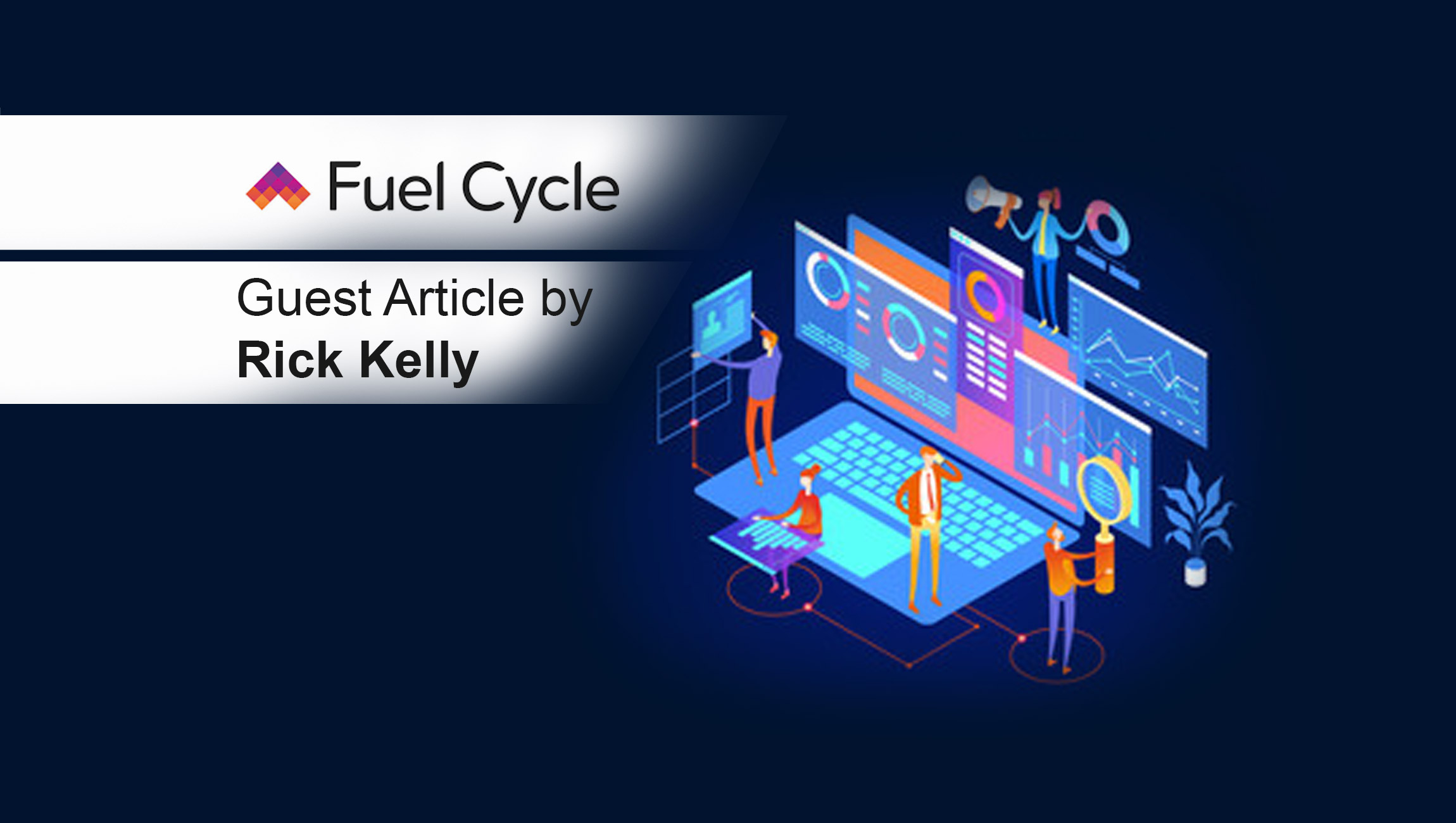With businesses and schools up and running, and mask mandates slowly being phased out, it’s easy to think the pandemic is behind us. But whether COVID-19 is on its last legs or not, one thing remains: its impact is lasting.
From the rise of permanently remote and hybrid workforces to social distancing now being done out of habit rather than caution, COVID-19 has caused a societal shift. Perhaps one of the most drastic changes that resulted from the pandemic is how consumers shop. When the world shut down in 2020, and countless industries were hit hard financially, one came out unscathed: e-commerce. In fact, it experienced significant growth with a 39% increase in online retail sales in early 2021.
Online shopping shows no signs of slowing down and is expected to account for 22% of global retail sales by 2023. E-commerce is no longer seen as an alternative to physically shopping in a store. Now, consumers view it as the way they’ll continue to shop in the future.
Consumers’ shopping habits have grown accustomed to how they purchased items during the pandemic. This means marketers need to meet them where they are and provide them with the experience they prefer. To do so, marketers must understand the behavior shifts that have occurred, which currently shape how consumers shop.
Let’s look at three behavior shifts marketers should know in order to create strategies that hit the mark with today’s consumers.
Marketing Technology News: Enhanced Solution from Fuel Cycle Positions it as the Premier All-in-One Platform for Market Research
Behavior Shift 1: The Digital Explosion
Shelter-in-place orders in early 2020 forced people to remain inside their homes to prevent the continued spread of the virus. With everyone in lockdown instead of out and about as usual, many looked for other outlets to pass the time. Enter: the digital explosion.
Phones, tablets, laptops, game systems and TVs quickly became the go-to sources for people to interact, entertain themselves and shop. One catalyst for the digital explosion was the need for consumers to buy essentials online — such as groceries, toiletries and games/activities — since stores were closed. But their shopping lists soon expanded into other areas once it became clear the pandemic wasn’t going anywhere anytime soon. Consumers could now give time to things they had been putting off, like house renovations or reading more, resulting in sales increases of home improvement products and books.
With more digital touchpoints to choose from and more time to do it, shopping became convenient for consumers and, as a result, complicated for the marketers trying to keep track of it all. Consumers are plugged into a 24/7 shopping experience, whether they’re on social media, checking email or watching YouTube videos, they’re constantly inundated with the ability to buy at any time. Because of this, marketers need to establish an omnichannel presence, so they’re top of mind with consumers no matter where they are.
Behavior Shift 2: Working, Shopping and Learning from Home
Being home took on a new meaning during the pandemic. It was no longer where individuals came to unwind, rest and get ready for the next day. Instead, it was where people worked, went to school, shopped, exercised, etc. Essentially, it was where life happened since the world shut down.
Consumers transformed their homes to be multi-functional spaces since that’s where a lot of their time was spent. They set up in-home offices to work from, learning stations for kids to attend school and home gyms to workout in, with about 10% of the US population setting one up.
These changes show that consumers adapt according to their environment and willingly spend the money it takes to be more comfortable and productive. Staying home has fueled buyer decisions. With more consumers opting to work from home — 45% of US employees would either quit their job or immediately look for a remote job if they were forced to return to their office full-time — this behavior shift will continue into the foreseeable future. Marketers need to consider this and ensure their strategies reflect the current homebody economy.
Marketing Technology News: MarTech Interview With Rachel Meranus, CMO at Transfix
Behavior Shift 3: The Disappearance of Loyalty
Brand loyalty is ingrained in the shopping experience. When consumers find brands they like (based on their price, features, design, etc.), they tend to stick with them, rarely deviating. This is important to brands because their subsequent success relies on how loyal consumers remain to them over their competitors. Unfortunately for brands, the pandemic caused consumers to rethink their loyalties and try something different.
With routines disrupted, the pandemic was the perfect opportunity for consumers to branch out of their comfort zones and discover new brands. This willingness was spurred by the supply chain crisis, which caused product shortages, leading consumers to turn to alternatives instead. According to a McKinsey study, 39% of consumers switched to other brands or products instead of waiting for their usual brands to come back in stock. Consumers recognize more options are available if what they want isn’t, and they’re exercising their right to choose. Marketers need to create strategies around this change to ensure they’re the option consumer continue to select.
The pandemic has affected every facet of life, and its impact will be felt long after it’s gone. Consumer shopping behavior was impacted, causing shifts in where, how and what they prefer to purchase. By being aware of the three behavior shifts and developing strategies for them, marketers can provide consumers with the experience they want.











